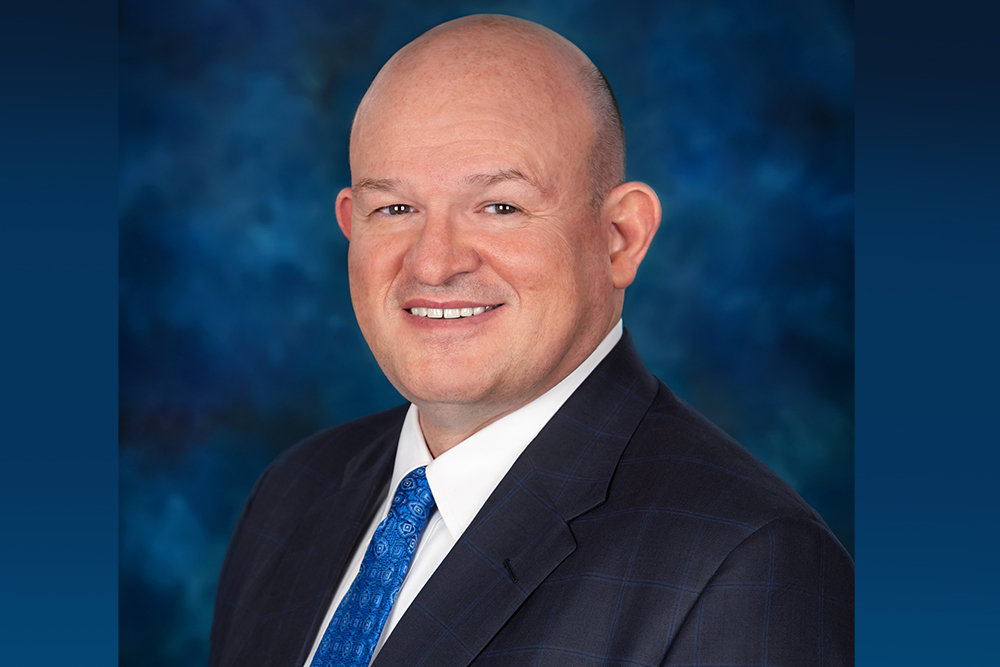YOUR BUSINESS AUTHORITY
Springfield, MO
YOUR BUSINESS AUTHORITY
Springfield, MO

Higdon’s 2023 Projection
Student internship and apprenticeship opportunities will grow as companies need more qualified people. Technical college enrollment will increase, alongside growing needs for workforce training and despite rising education costs.
Can you talk about the need for technical training the school is working to fill?
We do a huge amount of taking students who are going to transfer on to Mizzou, Missouri State and Drury [universities]. But also, there’s terminal programs in allied health and technology that aren’t offered by anyone else. So, if we don’t offer them, they’re not offered. That means we can’t have gaps for technical training or for health care. There’s always new and emerging technologies. Cybersecurity is one of our fastest-growing programs that wasn’t even thought of years ago. With health care and the shortage of nurses, the shortage of respiratory therapists, physical therapists, (medical surgical technicians), we just have to keep our pulse on what the community needs.
OTC has partnered with K-12 schools for a long time, and now there’s the upcoming Fly SPS magnet school to train future pilots. How do you see these types of programs changing?
I think it’s going to grow. We’re always in talks, with more than just the Springfield schools, as we serve 18 schools, about adding more things. We have about 800 high school students who come to class every day on campus, and you’re going to see those offerings and those numbers grow.
Do you think more students will attend technical colleges versus traditional?
We’re already seeing that shift. Our enrollment was up this fall. Universities were down. In Missouri, with A+, if you’re a traditional-age student, you’re almost crazy if you don’t go to a community college for two years and get no debt before you head off to the university. The debt issue, the economy issue, and then with the spiraling cost of higher ed, you’re going to see more and more students taking the community college route.
Are there any emerging industries that are influencing college programming?
The labor shortage is causing a lot of companies (to become) really focused on labor-saving technologies, like robotics and mechatronics. We’re seeing a great deal more demand for automated manufacturing and robotics.
With reported teacher staffing shortages, particularly in K-12, how has that impacted higher education?
The pay rate is really not that much different, but the quality of life is a lot better at the higher ed institution. We see a lot of K-12 [teachers] coming because teaching college-age students is much different than teaching middle school or high school. On the staff side, we’re seeing the same problems everybody else is having in keeping staff because wages have risen, and we’ve had to make those adjustments. We’re not really having problems keeping faculty, but keeping staff is always a tough issue.
Missouri has had a strong push for apprenticeships and internships in the last couple years. What do you expect in those offerings?
They’ve put some funding behind it, which really helps. We do a lot of internships out of our automotive programs, so if you’re going to work at Thompson Cadillac 20 hours a week while you’re learning, then you’re learning as much in your internship as you are in the classroom. Often those are paid internships, and you’re talking about students who are working; our average student works as well as goes to school. If they’re working in the area they intend to go into, that’s just a plus academically but also financially.
Missouri State University’s science building, built in 1971 and formerly called Temple Hall, is being reconstructed and updated.